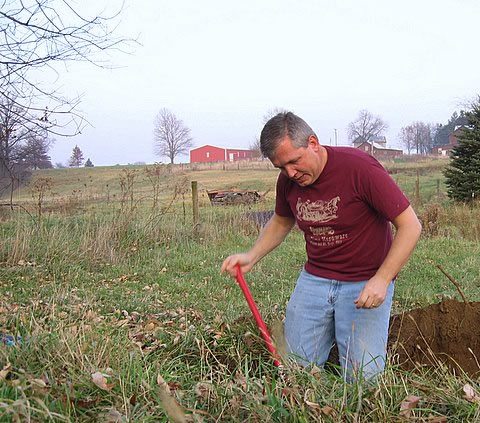
“Where’s there’s smoke, there’s fire.” The funny thing about that saying is that wood burning in the newest, EPA-approved stoves barely makes any smoke. Strict EPA rules limit them to less than 7 grams per hour. Many produce less than 3 grams, even with a roaring fire. For comparison, consider that a single cigarette produces about a gram of smoke!

But, the real problems start when the smoke (whether it’s 3 grams from a modern stove or 5 times that much from an older stove) doesn’t go up the chimney. If even one gram is coming back in your house, it’s no good! What causes a stove to smoke into your house?
First, you have to recognize that the stove itself is not the problem. When your wood stove is puffing like a steam engine, it’s easy to blame the stove. But, the real problem is most likely the chimney.
In order for the stove to work, it must have draft, or suction from the chimney. If the chimney’s draft suffers, the stove cannot work properly.
Here is a checklist of symptoms and the most likely causes for a smoky stove and/or poorly drafting chimney, based on my experience:
Stove smokes when cold – When the stove is cold, the chimney is cold. A cold chimney is filled with a column of heavy, cold air. In order to get the stove started, you must push that air out of the chimney.
Think of a locomotive pushing freight cars out of the station. It takes a lot of energy!
Kindling a fire doesn’t provide enough energy fast enough. For the push you need to move that heavy and long column of air, crumble a sheet of paper and push it up into the chimney as far as you can. Then light it and quickly close the stove’s door.
If your home is tightly built or well-insulated, or if the stove is in your basement, it often helps to open a window or door. Opening a window or door ensures a ready supply of free-moving air for the chimney to draw up and out.
Stove smokes erratically during windy weather – Usually this means the chimney is too short in relation to nearby tall objects. Tall trees, the roof of your own house or even nearby hills can cause problems as the wind flows over them.
This can manifest itself in strange ways. For example, I had one case where high wind whipping over a tall tree blew down on a chimney top, creating a draft problem. In another case, it “piled up” against a steep roof line, creating a pocket of high pressure that pushed down on the chimney.
In some cases, extending the chimney can solve the problem. But, this is often a costly and difficult solution.

A better solution is to install a special cap that prevents wind-related down draft. To learn more about chimney caps that can help solve your smoking problem for less cost than extending your chimney, call our store, 888-438-5346. Ask for a woodstove specialist.
Stove smokes all the time – If the stove seems to burn “lazy” or dribbles smoke whenever the door open, this usually indicates a fundamental problem with the chimney. Please review this checklist. Then, call one of our specialists (888-438-5346) for advice.
[ ] Too big? The cross-sectional volume of the chimney should be less than 150% of the size of the pipe on the stove. A 6″ pipe is about 28 square inches. Therefore, the home’s chimney should be no more than 42 square inches or about 7″x7″ on the inside. (A 7″ diameter stovepipe is 38 1/2 square inches. An 8″ pipe is about 50 square inches.)
[ ] Too small? The cross-sectional volume of the chimney should never be smaller than the stove’s pipe.
[ ] Too short? The minimum length of your chimney, measuring from the top to the stove to the top of the chimney, should be at least 12 feet. Many one story homes have chimneys that are too short.
[ ] Bad design? A good masonry chimney is built of brick with a clay liner in good condition. Unlined chimneys or chimneys built of cement block have serious safety and functional shortcomings. A good metal chimney is built entirely of UL approved components and made from stainless steel.
Our staff of experts can help you solve these problems. Give us a call for free advice on how to solve your problem!
Stove worked OK in the fall, but started smoking part way through the winter – STOP! Any significant change in the performance of your stove may indicate broken parts or a dirty chimney. If you’ve seen a change that cannot be readily explained by factors such as a moving weather front or a different type of firewood, it soften means you need to clean your chimney. Dirty chimneys cause house fires!
Heating with wood should be safe, fun and money-saving! This is especially true with new, high-efficiency wood stoves like the Hearthstone, Vermont Castings or Napoleon (and our newest line, Efel). If it’s not, please call us! We’re here to help.
![]()
Galen Lehman, President, Lehman’s

Click here to join
me on Facebook!



































[…] Lehman’s Country Life Filed Under: Modern Survival Tagged With: country life, simple […]